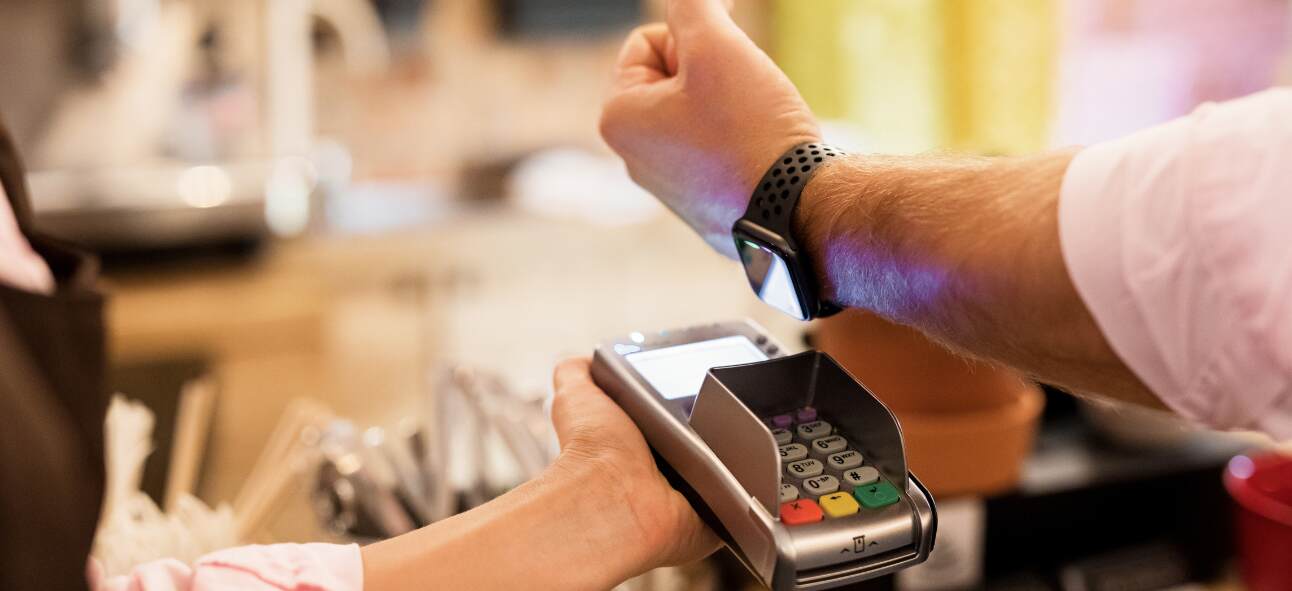2022 has been a year of optimizing and fine-tuning payments. The growth of mobile and e-commerce, open banking, and PSD2 has helped to upgrade the payments ecosystem in Europe. Traditionally, Europe has had a fragmented market but this is changing with more people opting for digital security, customized experiences, and easy UX. Fintech trends such as contactless payment methods, digital wallets, and blockchain technology are in demand and they are driving changes within the payments industry. This has also led to the growth of more competitive players trying to bring forth the best services.
In this article, we take a look at 3 digital payment trends that are making changes in the European payments system and how these will impact the future of digital payments in Europe.
Rise of Digital Currency and Digital Identity
A more connected pan-European payment solution is getting introduced with the central bank digital currency and the European digital identity wallet. The e-ID wallet is a secure, single e-ID system that connects all national documents and important biometric data of a person. While the e-ID wallet is bringing a quick, simple, and secure way of identity verification, the proposed CBDC is expected to boost the economic efficiency and sovereign autonomy of public money in Europe. The CBDC or digital euro along with the e-ID is meant to further innovation and maintain privacy and user convenience. It will also contribute to greater financial inclusion. At the same time, it is believed that CBDC will help to minimize cost risks and fraud risks and preserve Europe’s financial stability.
According to the ECB, the introduction of the CBDC will “ensure the wide availability and practical usage of public money for digital retail and wholesale payments throughout the euro area.” It is also expected to “maintain the integrity and stability of Europe’s financial system, and contribute to a well-organized payment system in Europe.” The digital euro is currently in its investigation phase and is supposed to be introduced by 2025.
Real-Time Payments Are Here to Stay
The introduction of ISO 20022, open banking and new regulations have seen the rise of real-time payments across the EU in 2022. The Europe real-time payments market is expected to grow at a CAGR of 24.3% from 2022 to 2027. This growing popularity of instant payments has further pushed the E.U to achieve a regulated and balanced instant payments system. The launch of TARGET Instant Payment Settlement (TIPS), P27, Faster Payments, and SEPA Instant Credit Transfer has been a strong push in this context.
At the same time, the rise of mobile commerce is also contributing to the growth of instant payments in Europe as many e-commerce platforms are offering real-time credit or buy now pay later services to consumers in the region. Instant payments allow wholesale payments in central bank money. It also makes retail payments within national borders as well as cross-border payments efficient, secure, and fast. With SEPA, Europe has managed to create an efficient, connected, and innovative instant payments network. And its development continues to prepare the European payment system for the future.
BNPL is a Game Changer
BNPL has made online shopping accessible to many more customers with easy financing and flexible repayment. Europe saw strong growth of BNPL in 2022 owing to the boom in e-commerce since the pandemic. Consumers like it because of ease and convenience – it allows them to make purchases and pay for them at a later date, often without interest. Merchants prefer it because it has been shown to increase sales and average order values.
In many European countries, BNPL is a top payment method for shoppers, especially millennials and Gen Z folks. It is the fastest growing payment solution in the United Kingdom. As its popularity soars, traditional banks and retailers in the EU are entering into strategic partnerships with fintech players, further boosting competition and market innovation. There is also talk about new BNPL rules coming into the EU, which will reduce transparency requirements for BNPL providers.
Key Takeaways for Businesses
The preference for digital payments is changing the way brands interact with their customers. Merchants are now more capable of reaching out to consumers in new ways and allowing their brands to expand locally and globally. As these payment trends continue to evolve, businesses will be able to offer a more seamless experience to shoppers in the future.
- The use of alternative payment methods continues to rise because they are safe, fast, and convenient. The European payment industry is expected to witness further growth.
- A unified payments solution is what the EU aims to achieve. New payment standards that address vital user issues for consumers and merchants are being worked out.
- Digital payments are bringing in big opportunities for businesses with a better scope for them entering new emerging markets.
- As digital payment methods constantly evolve, the payment industry and policymakers need to work together to boost the European payments infrastructure, protect citizens, and create better payment solutions in the long run.
Final Thoughts
Both the public sector and private sector have been key players in promoting innovation, efficiency, and flexibility in payments within the EU. They have broadened market access and competition, thus further speeding up the goal of having a unified, pan-European payment solution. Many digital payment solutions currently have limited coverage, but efforts are on to build a well-planned and regulated payments ecosystem in the region.
Trends like BNPL and real-time payments will witness more growth in the future. But further integration is needed to remove current barriers and achieve long-term objectives. This can be done by working with a shared approach that considers the diverse nature of European countries.
How Can Novalnet Help?
We are a global PSP with decades of experience in helping Europe’s leading brands process their payments. Our AI-based payment solutions help you process payments easily and securely in a PCI DSS-compliant environment. Wherever you are in Europe, we ensure that your payments are running smoothly at all times, round the clock.
Reach out to us today to know more about how we can help.
Jose Augustine is the Chief Business Development Officer at Novalnet with extensive experience in European payment industry and a knowledge powerhouse.












